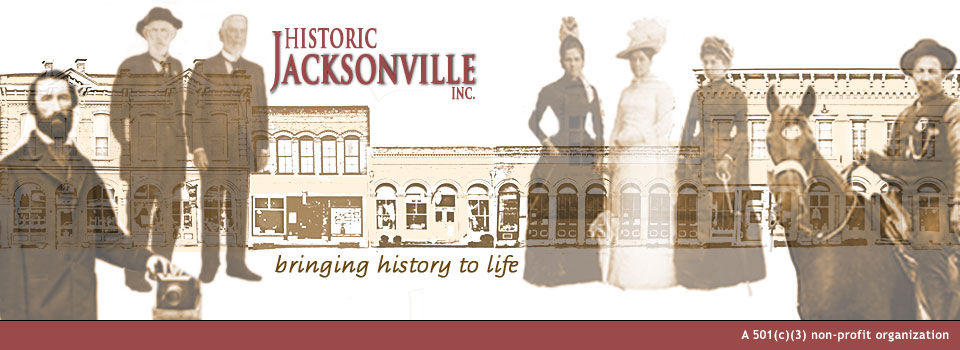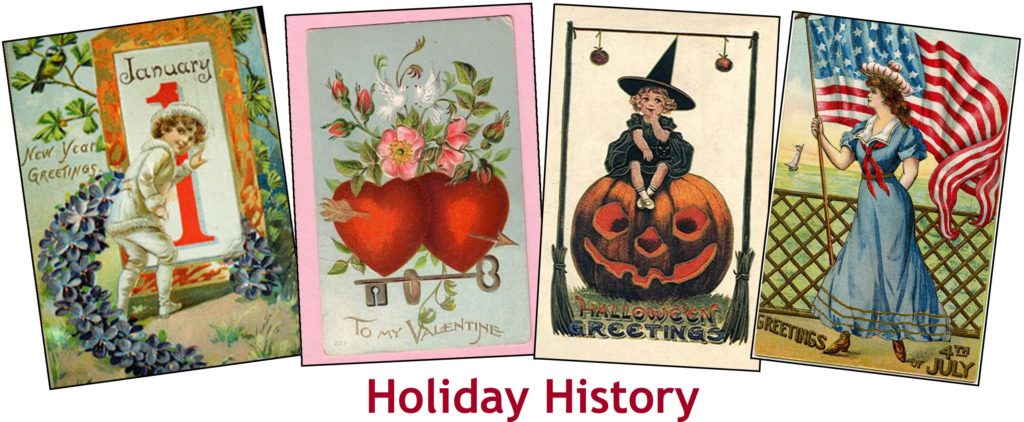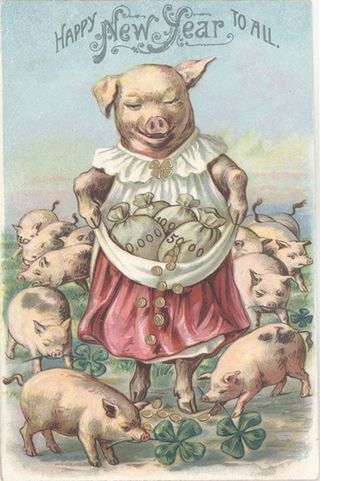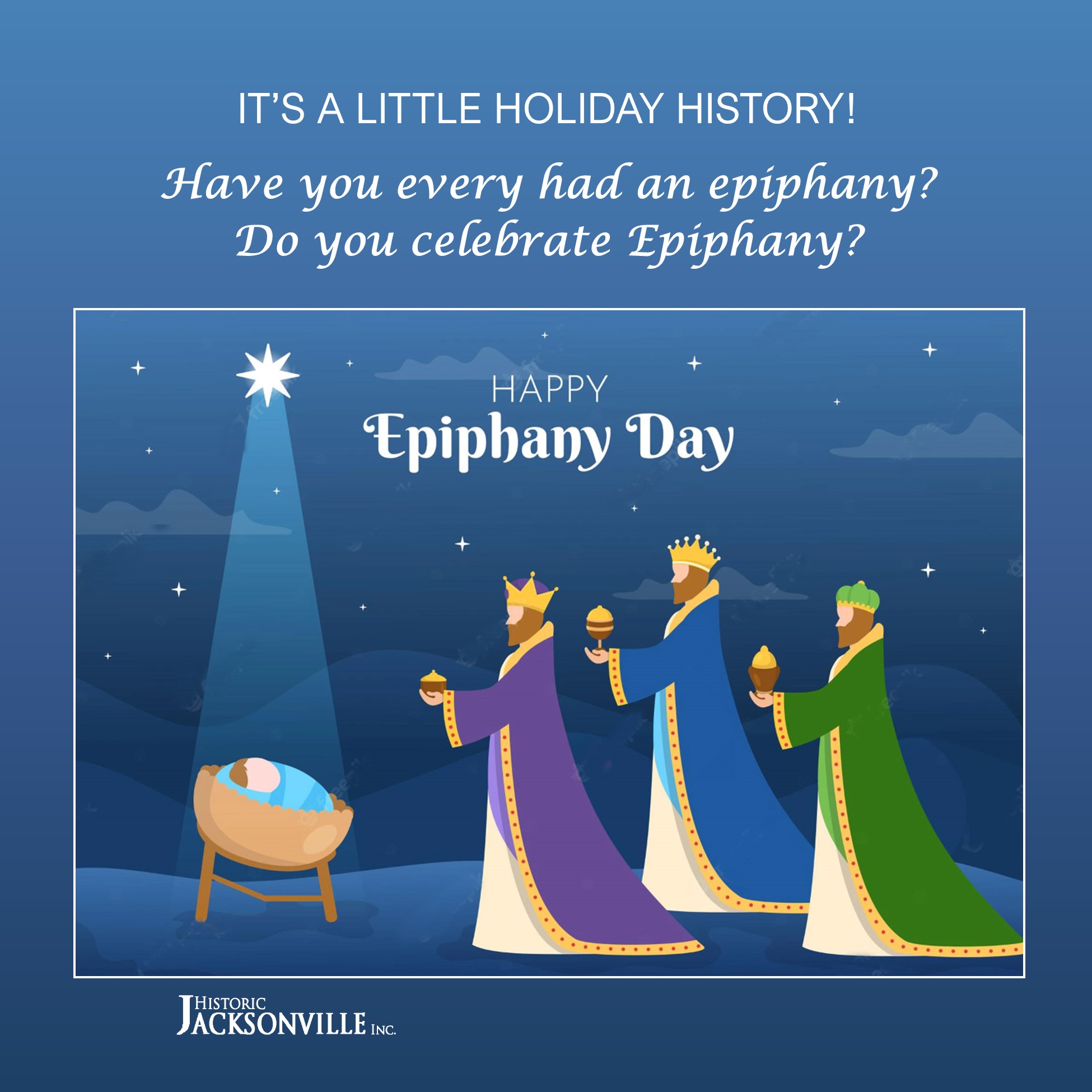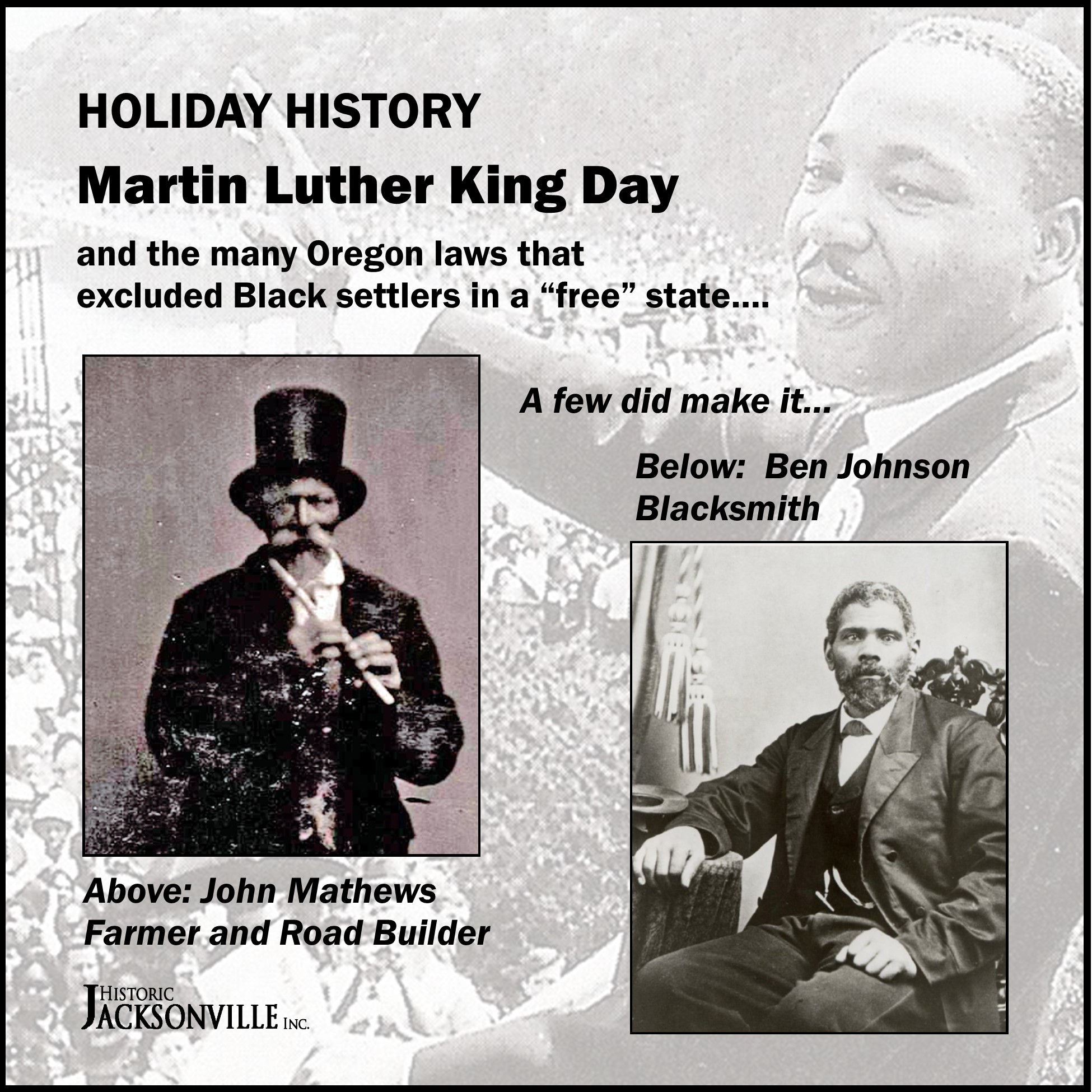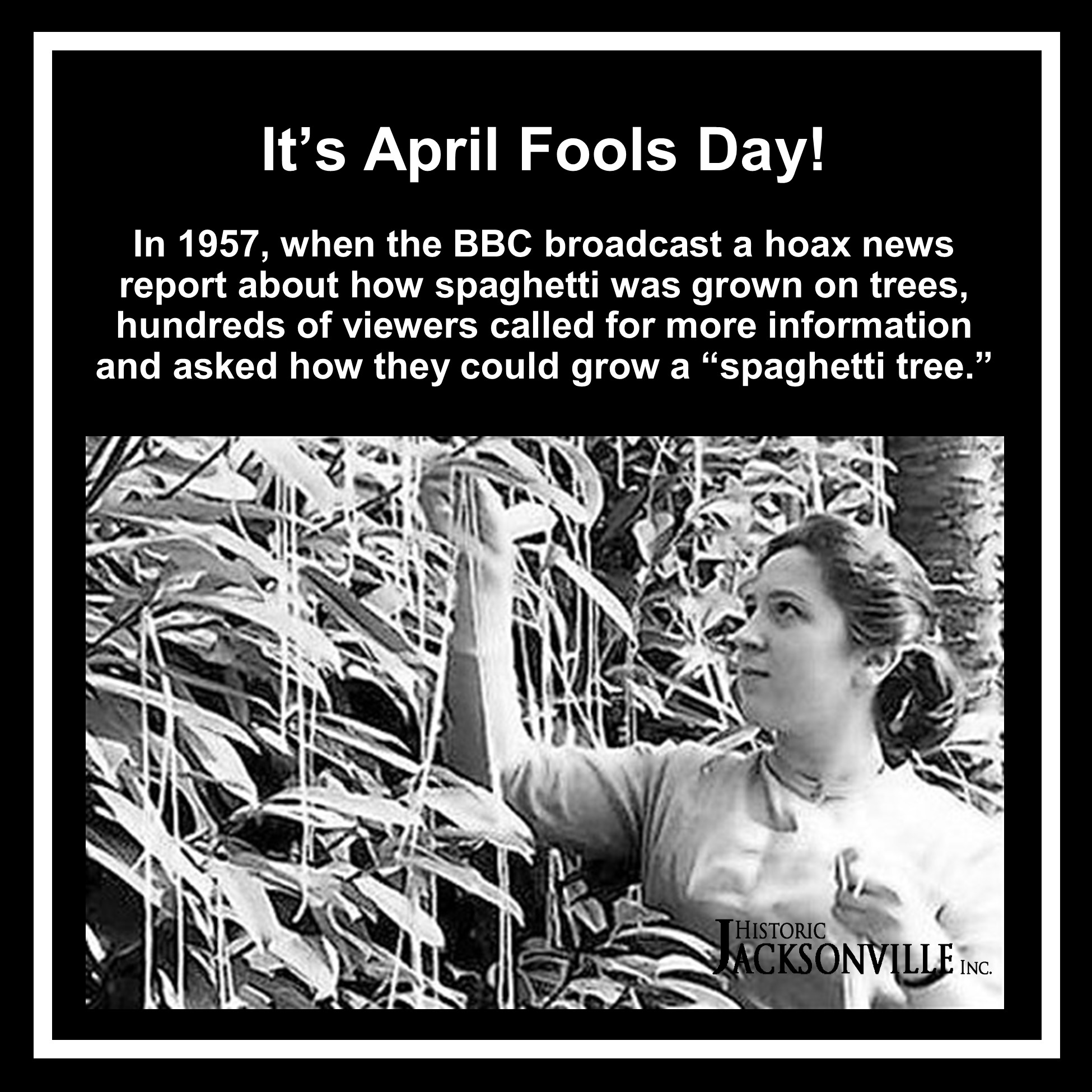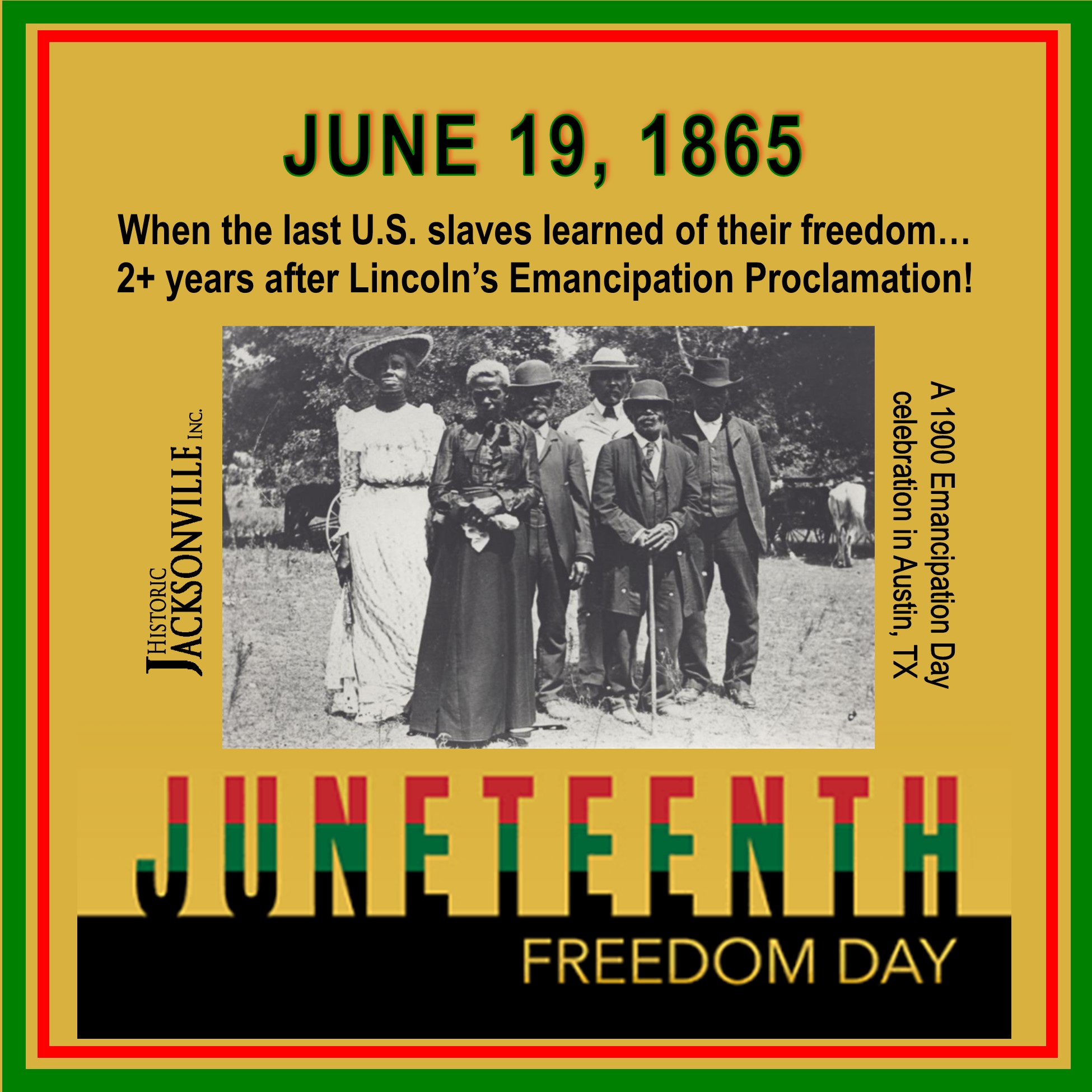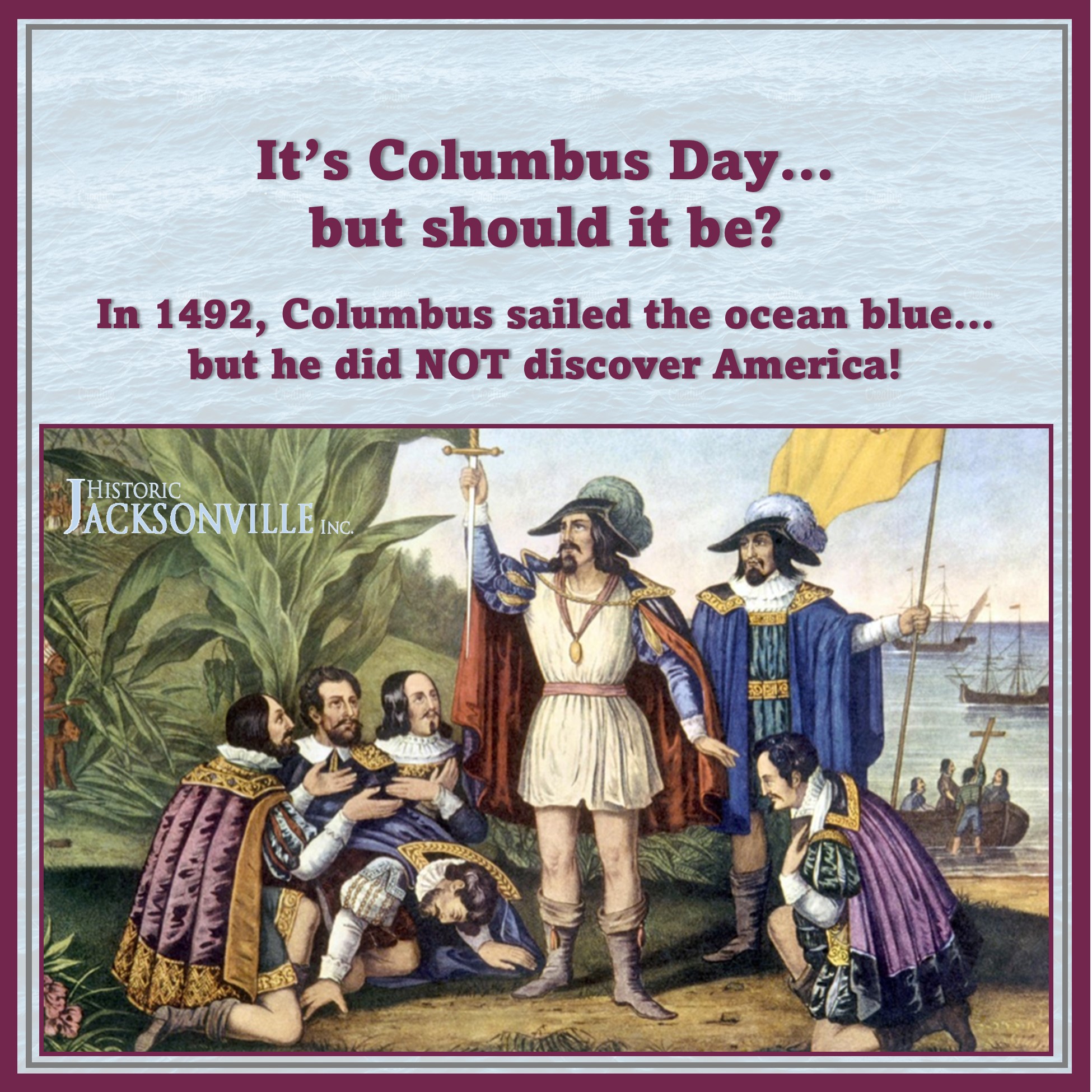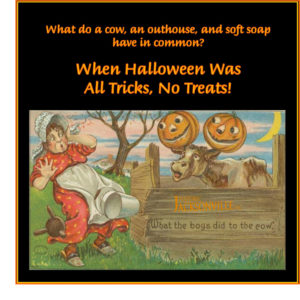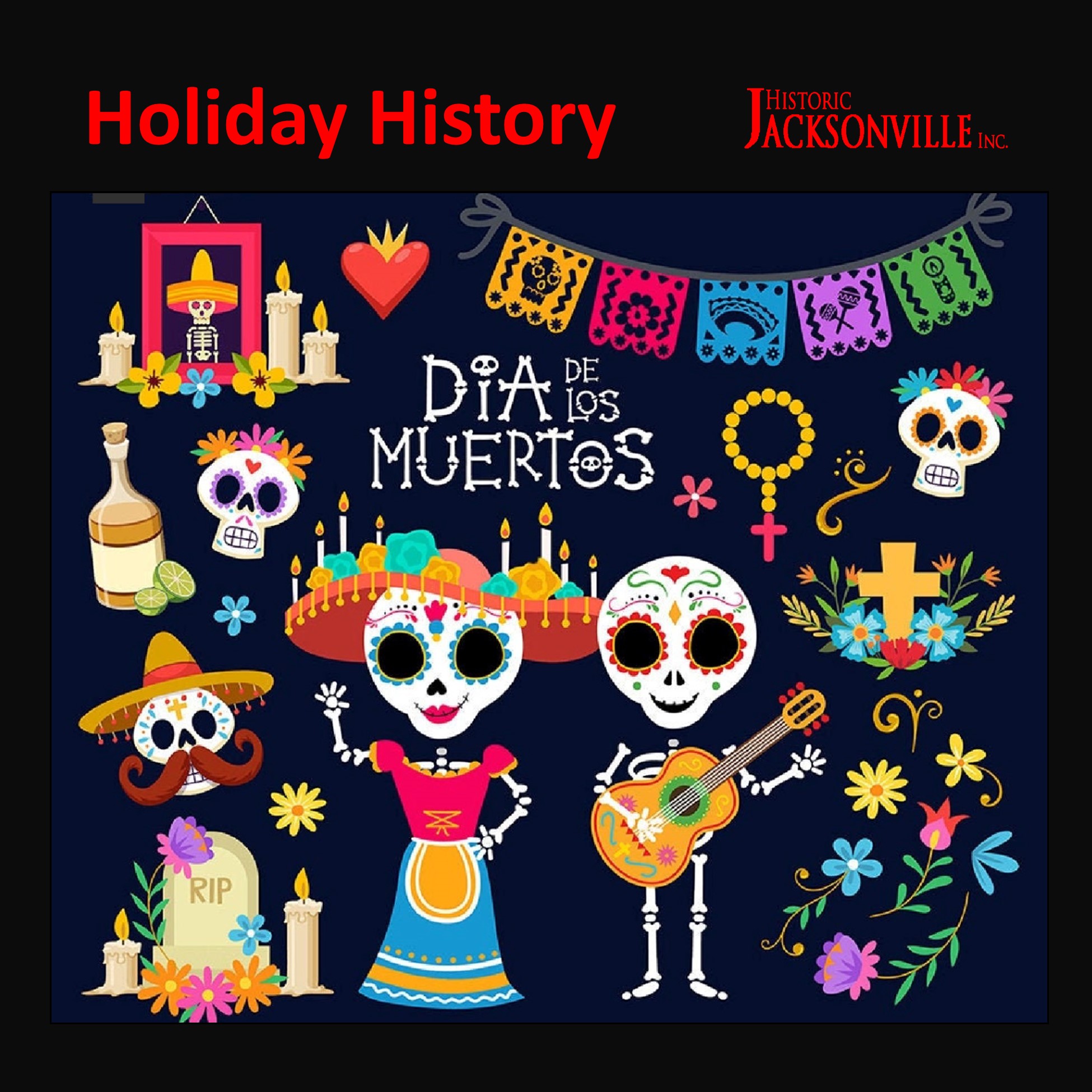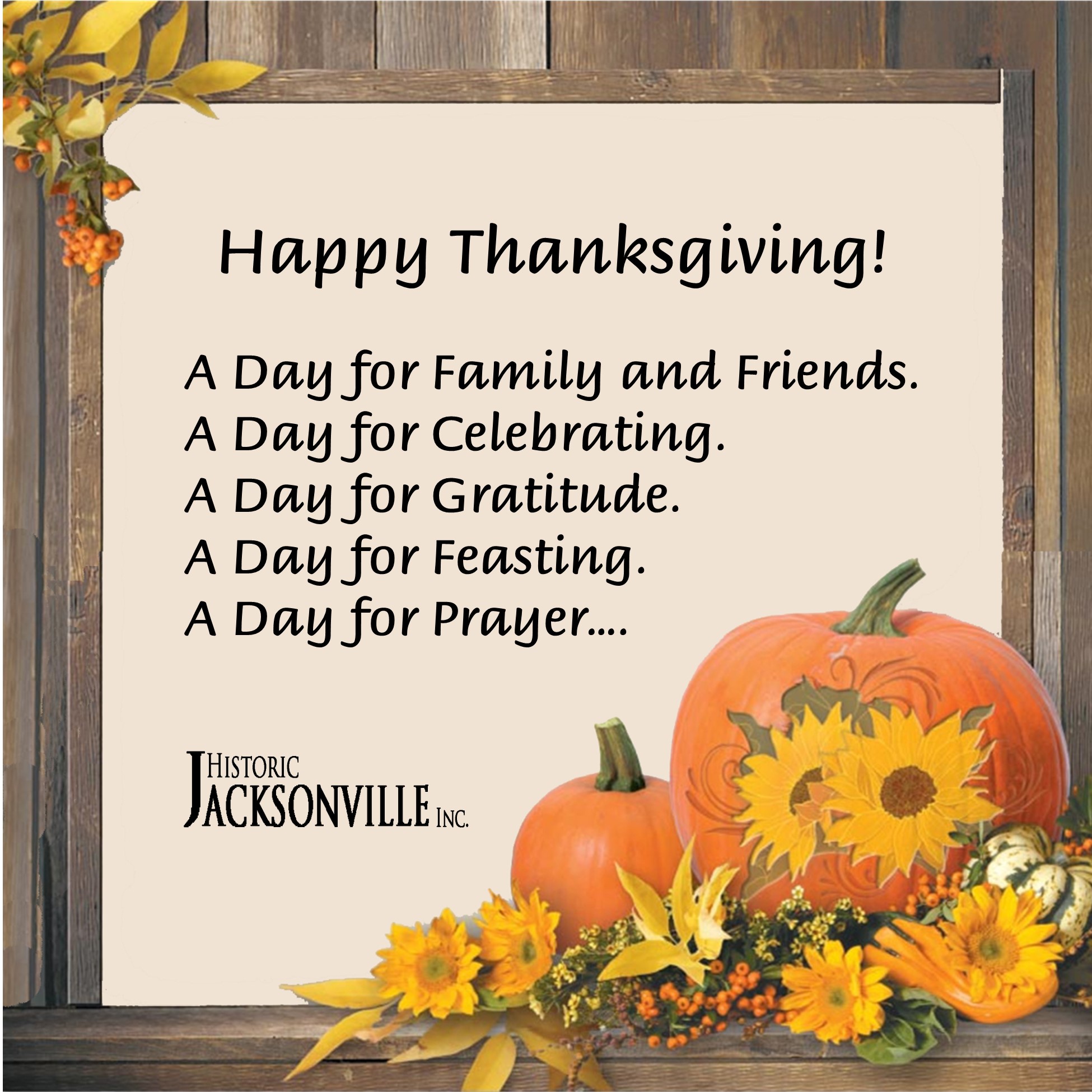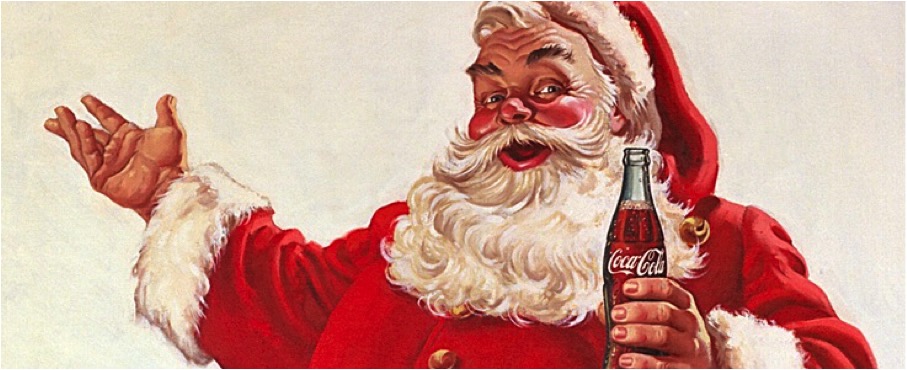Many of the traditions that we associate with our holiday celebrations originated in Victorian times. Individuals came here from all over the world, bringing their customs and traditions with them. 19th Century Jacksonville adopted and adapted many of these traditions into how we celebrate various holidays.
For over a century, the Fourth of July was the biggest holiday celebrated in Jacksonville, closely followed by Thanksgiving. Christmas was a time for family gatherings. Valentines Day meant loving (or not so loving) cards for friends and suitors. And in the 19th Century, Halloween was all tricks, no treats, until townsfolk tired of the pranks and introduced “sweet” alternatives. Over the course of the year, we’ll visit various holidays, so join us as we explore the origins of our holiday traditions and how Jacksonville adopted and adapted them!
Did you know that pigs were a common Victorian symbol used for New Year’s greetings? During the 19th Century, farming was still a massive industry, and pigs were a symbol of prosperity. Fat cows, huge pigs, and obese sheep were signs of wealth and became prized as proof of their owners’ success.
Selective breeding along with new farming and feeding practices produced larger animals. Farmers who tried to improve on existing animal breeds were called “improvers.” Even Queen Victoria’s consort Prince Albert became an “improver,” showing off his prize pigs and cattle.
Americans coined the phrase “living high on the hog” in the early 20th Century. It means enjoying a luxurious lifestyle and refers to the wealthy being able to eat better cuts of pork from “high on the hog” rather than lower, cheaper cuts like pork belly and trotters.
Maybe the prosperity associated with pigs is also linked to the Scottish New Year celebration of “Hog-manay.” (Hog-mania?) The 19th Century reign of Queen Victoria shaped the way we celebrate many of our holidays. Just as we obtained many of our Christmas customs from her husband, Prince Albert, and his Germanic traditions, some of our New Year habits derive from Queen Victoria’s love of the Scottish holiday of Hogmanay, the Scottish New Year celebration. Learn more…
Have you ever had an epiphany? One of those “aha” moments when you have a revelation? Epiphany, January 6th, celebrates one of those “aha” moments, so it’s time for a little Historic Jacksonville, Inc. Holiday History. In Western Christianity, Epiphany is a feast day celebrating the visit of the Magi to the Christ Child and the revelation of Jesus Christ as God incarnate. It’s also celebrated as “Little Christmas,” marking the end of the “12 Days of Christmas.” Think of Shakespeare’s play, “12th Night,” written around 1601 for Queen Elizabeth I as entertainment for the close of the Christmas season.
Popular Epiphany customs include Epiphany singing, having one’s house blessed, eating Three Kings Cake, winter swimming, attending church services, and chalking the door. The chalk is used to write the initials of the magi (traditionally Caspar, Melchior, and Balthasar). For many, Christmas decorations should be removed by Epiphany to avoid bad luck for the coming year.
Orthodox churches may celebrate it as Theophany (from the Greek “divine manifestation). It’s one of the great feasts of the liturgical year, third only to Easter and Pentecost. Their date of celebration depends on whether the church is using the Julian calendar (i.e. Julius Caesar) or the Gregorian calendar, introduced in 1852 by Pope Gregory XIII and the one most of the world follows today.
Martin Luther King Day honors a man who sought the freedom and justice for his people that had been promised in Lincoln’s Emancipation Proclamation 100 years earlier. Almost 60 years since King had a “dream,” his vision has yet to be achieved. Have you ever thought about how few Blacks live in Southern Oregon? Did you know that African Americans make up only about 2% of the state’s population as a whole?
Although Oregon was established as “free” state, a lot of early laws were imposed defining who was “free” and the meaning of freedom, effectively discouraging Black settlers. Learn more…
Happy Chinese New Year! For Chinese throughout the world, the first new moon that appears between January 21st and February 20th marks the lunar new year, the end of winter and the beginning of the spring season. It’s one of the most important holidays in Chinese culture whether it’s known as Chinese New Year (Taiwan), Spring Festival (People’s Republic of China), Tet (Vietnam), Losar (Tibet), Seollal (Korea) or simply the Lunar New Year. Traditionally a 10-day festival, it’s a time to honor both deities and ancestors. Learn more…
Groundhog Day 
It’s February 2nd – Groundhog Day. And once again we have the Germans and the Victorian Era to thank for this U.S. holiday custom. According to this tradition, if a groundhog comes out of its hole on February 2nd and sees its shadow, it gets scared and runs back into its burrow, predicting six more weeks of winter weather. No shadow means an early spring. So how did a groundhog become a weather forecaster? Learn more…
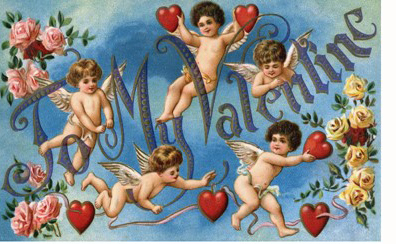 Valentine’s Day
Valentine’s Day
No one knows the true origins of Valentine’s Day. Some believe that because the Romans observed Lupercalia on February 14th celebrating a nature deity, that birds chose their mates around that date.
Others believe that Valentinus, who had a far different experience with the Romans (martyrdom), sent a letter of affection to his jailer’s daughter on the eve of his execution. There is, of course, no evidence that any of this is true. Learn more…
Washington’s Birthday aka Presidents Day
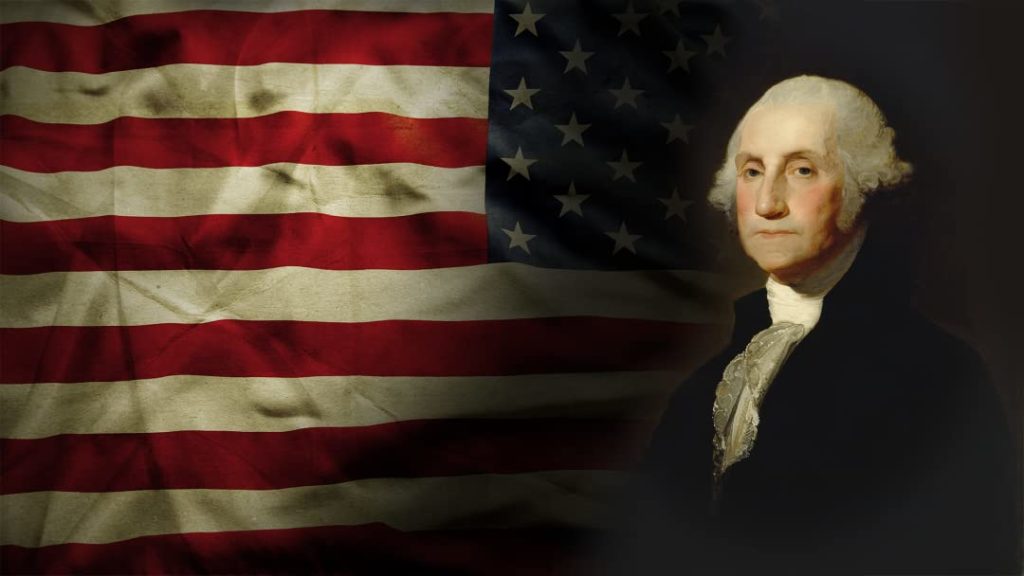
Although Oregon may celebrate the 3rd Monday in February as Presidents Day, did you know that the Federal Government still recognizes this holiday as “George Washington’s Birthday”? The U.S. proclaimed the February 22nd birthday of the nation’s first President a holiday in 1879. Washington’s birthday became Presidents Day in Oregon (the holiday has 15 separate names in the U.S.) and landed on the third Monday of February in 1971, after the passing of the Uniform Monday Holiday Act. Today’s Presidents Day celebrates Washington and the birthdate of Abraham Lincoln (February 12) in fashion so minor that we might not notice it at all were it not for ubiquitous Presidents Day Sales and the closure of federal and state buildings. It wasn’t always so low-key, however. Learn more…
Pi π Day 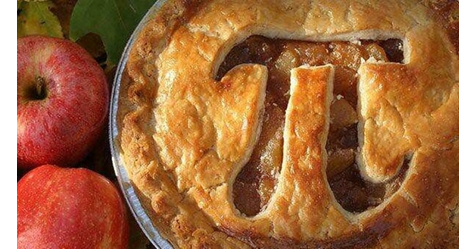
It’s March 14 — 3.14 — which also makes it Pi (π) Day! Pi, represented by the Greek symbol (π), is part of the formulas for calculating the circumference and area of a circle. However, Pi is an indefinite number, with 3.14159 being its closest approximation. Pi has been known for almost 4,000 years—the ancient Babylonians, Egyptians, Greeks, and Chinese devised various approximations of its actual value.
You might not care about Pi or even think it applies to you, but you might be surprised. Pi is used in most calculations for building and construction, quantum physics, communications, music theory, medical procedures, air travel, and space flight, to name a few. Learn more…
St. Patrick’s Day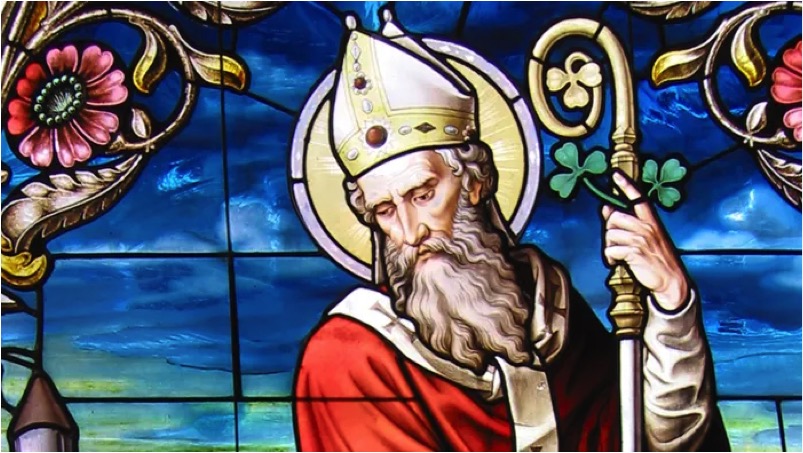
Although St. Patrick’s Day, has never been a majorholiday, it has become a day to fete all things Irish.
Regardless of your racial or ethnic origins, on March 17theveryone is “Irish,” joining in the celebration of this rich Celtic culture. So who was St. Patrick and how did this come about?
Much of what is known about St. Patrick’s life has been interwoven with folklore and legend. Historians generally believe that St. Patrick, the patron saint of Ireland, was born in Britain (not Ireland) near the end of the 4th century. Learn more…
April Fools Day
Think about how much difficulty we’ve had switching from Standard Time to Daylight Savings Time. Then think how you would react if you were asked to change the beginning of the new year from the Vernal (Spring) Equinox to the Winter Solstice. That’s exactly what happened in 1582 when France and most of Europe switched from the Julian calendar, when the year began around April 1st, to the Gregorian calendar, when the year began around
January 1. Learn more…
Easter
Did you ever wonder what rabbits and eggs have to do with Easter? As we were sitting here looking at Easter eggs and candy, we started asking how a rabbit got the job of delivering colorful Easter eggs. Eggs are associated with new life and resurrection, but rabbits are mammals—they don’t even lay eggs! So we asked Historic Jacksonville, Inc. to do a little history sleuthing.
It seems the association began with pagan rituals celebrating the vernal equinox, the first day of spring. The pagan goddess of fertility, Eostre, was symbolized by a hare and eggs. And when it comes to new life, rabbits reproduce A LOT, so apparently, rabbits edged out chickens as a symbol. As Christianity spread, it incorporated pagan spring rituals into its Easter and resurrection celebrations.
Decorating eggs is traced back to the 13th century when the Church forbade congregants to eat eggs during Lent. People would paint and decorate them to mark the end of penance and fasting, eating them as an Easter celebration. In the 19th century, Russian high society started exchanging ornately decorated eggs, some even jewel encrusted (think Faberge), on Easter.
The floppy eared bearer of eggs and candy apparently arrived in America with 18th century German settlers who brought their tradition of an egg-laying hare called “Osterhase” or “Oschter Haws” with them. Children would prepare “nests” for the eggs and leave carrots for the hare. As the custom spread across the United States, the Easter bunny’s deliveries expanded to include chocolate and other types of candies and gifts, and decorated baskets replaced the nests.
So now you know how a rabbit hopped into the Easter picture. (And, okay, we admit it, we were doing more consuming than admiring of the eggs and candy….)
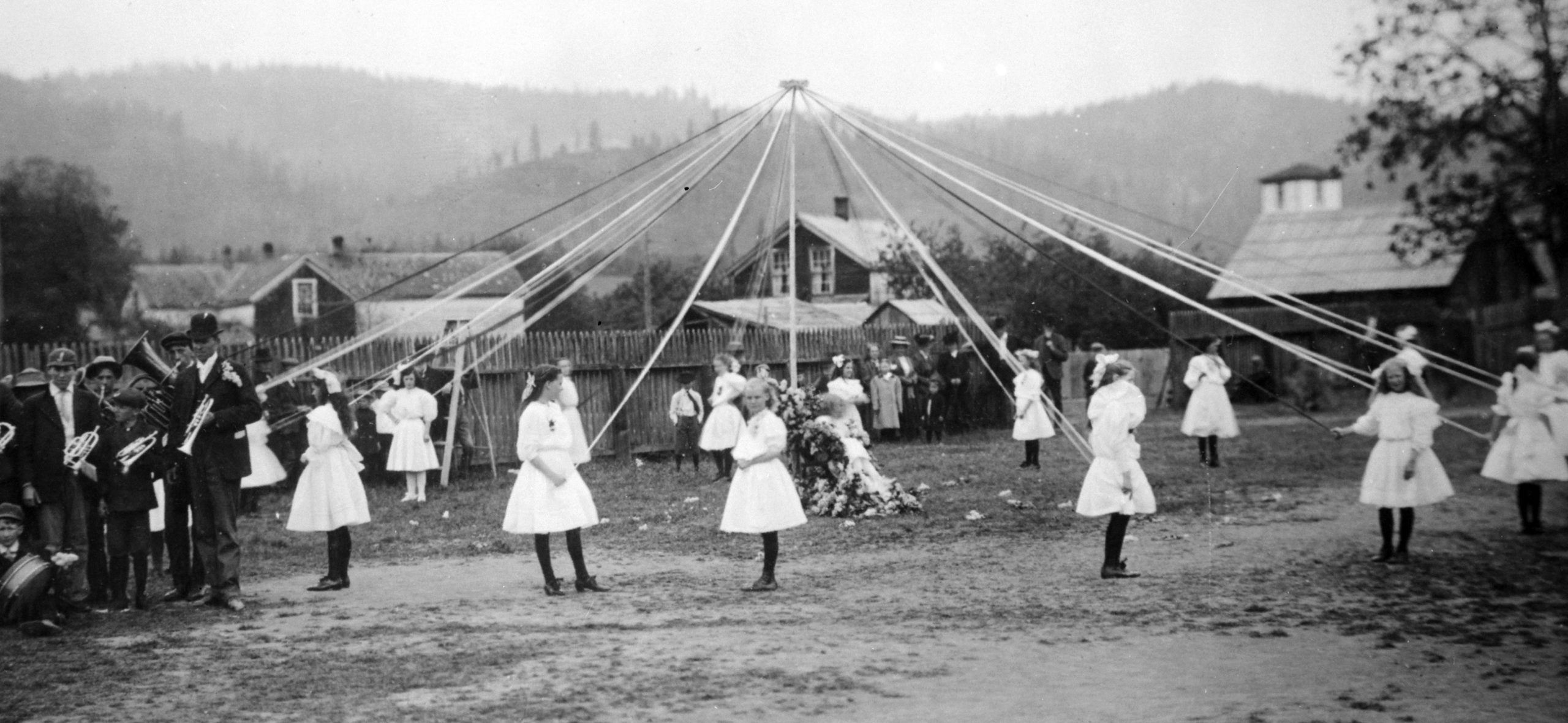
May Day
May Day is a celebration that marks a change of seasons, and as such it dates back millenia. The Celts believed that May 1, Beltane, was the most important day of the year. Beltane means “Day of Fire” and they celebrated with large bonfires and dancing. When the Romans came to the British Isles, they brought their celebration of Floralia, a five-day observance of spring and Flora, goddess of flowers, vegetation, and fertility. Floralia encompassed May 1, and eventually Floralia rituals were combined with Beltane. Learn more…
 Mother’s Day
Mother’s Day
Did you know that more phone calls are made on Mother’s Day than any other day of the year? Those chats with mother can spike phone traffic as much as 37%!
Although the United States did not proclaim Mother’s Day an official holiday until 1914, celebrations of mothers and motherhood can be traced to the ancient Greeks and Romans and their festivals honoring the mother goddesses, Rhea and Cybele. Early Christians adopted and adapted these pagan celebrations, transforming them into a festival known as “Mothering Sunday.” Learn more…

Memorial Day
The history of Memorial Day is a matter of some long-standing controversy, at least as to its origin. While scholars agree that U.S. Army General John A. Logan established a national holiday in 1868 for “decorating the graves of comrades who died in defense of their country,” the controversy arises as to where he got the idea. Apparently he couldn’t have come up with it on his own, according to history, so here we’ll have a look at some of the possible origin
The earliest documented observance of Memorial Day, or Decoration Day as it was then known, occurred in 1865 in Charleston, South Carolina. The Civil War was ending, and the Confederate Army fled Charleston, leaving behind a racetrack/country club which had been converted into a prison for captured members of the United States Army. More than 260 U.S. Army soldiers had died of exposure or disease while being held in the racetrack’s open-air infield, their bodies hastily buried in a mass grave. Learn more…
As of 2021, Juneteenth is the twelfth federal legal holiday. It commemorates the events of June 19, 1865, when Union General Gordon Granger arrived in Galveston Bay, Texas, to inform enslaved African Americans that the Civil War had ended, and they were free.
Even though the Emancipation Proclamation became effective in 1863, it could not be implemented in places still under Confederate control. As a result, in the westernmost Confederate state of Texas, enslaved people would not be free until two and a half years later. Freedom finally came for them in 1865 when some 2,000 Union troops arrived in Galveston. The army announced that the more than 250,000 enslaved black people in the state were free by executive decree. This day came to be known as “Juneteenth” by the newly freed people in Texas.
Later that same year, in December 1865, the ratification of the 13th amendment formally abolished slavery in the United States. It read:
“Neither slavery nor involuntary servitude, except as a punishment for crime whereof the party shall have been duly convicted, shall exist within the United States, or any place subject to their jurisdiction.”
Juneteenth is also called Emancipation Day or Juneteenth Independence Day. The name “Juneteenth” references the date of the holiday, combining the words “June” and “nineteenth.”
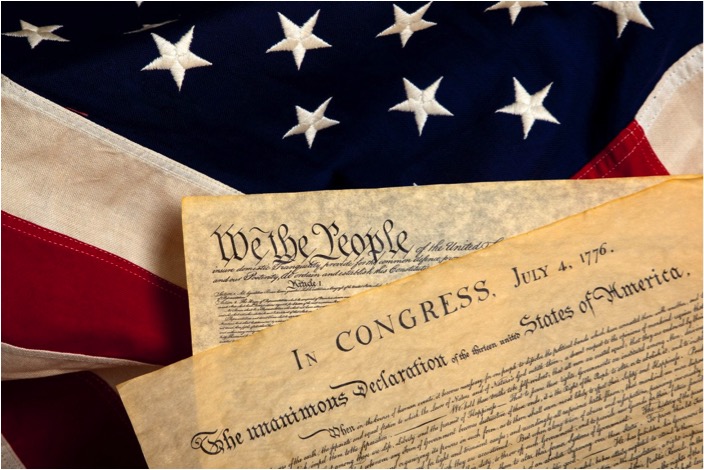 Fourth of July
Fourth of July
Well into the 20thCentury, the Fourth of July was a bigger U.S. holiday than Christmas.
Long before Congress declared July 4than official holiday in 1870, John Adams had written to his wife Abigail shortly after the signing of the Declaration of Independence in 1776 that the occasion “ought to be solemnized with pomp and parade, with shews, games, sports, guns, bells, bonfires, and illuminations from one end of the continent to the other.”
And so it was and is.
In the midst of the Revolutionary War in 1777, Philadelphia held large Independence Day festivities. The Continental Congress feasted at an official dinner, gave toasts, and arranged a 13-gun salute. Residents celebrated with speeches, parades, and fireworks. A year later, with France now allied with the colonies, even the American army celebrated the big day—George Washington gave his troops a double ration of rum and ordered a cannon salute to mark the occasion. Learn more…
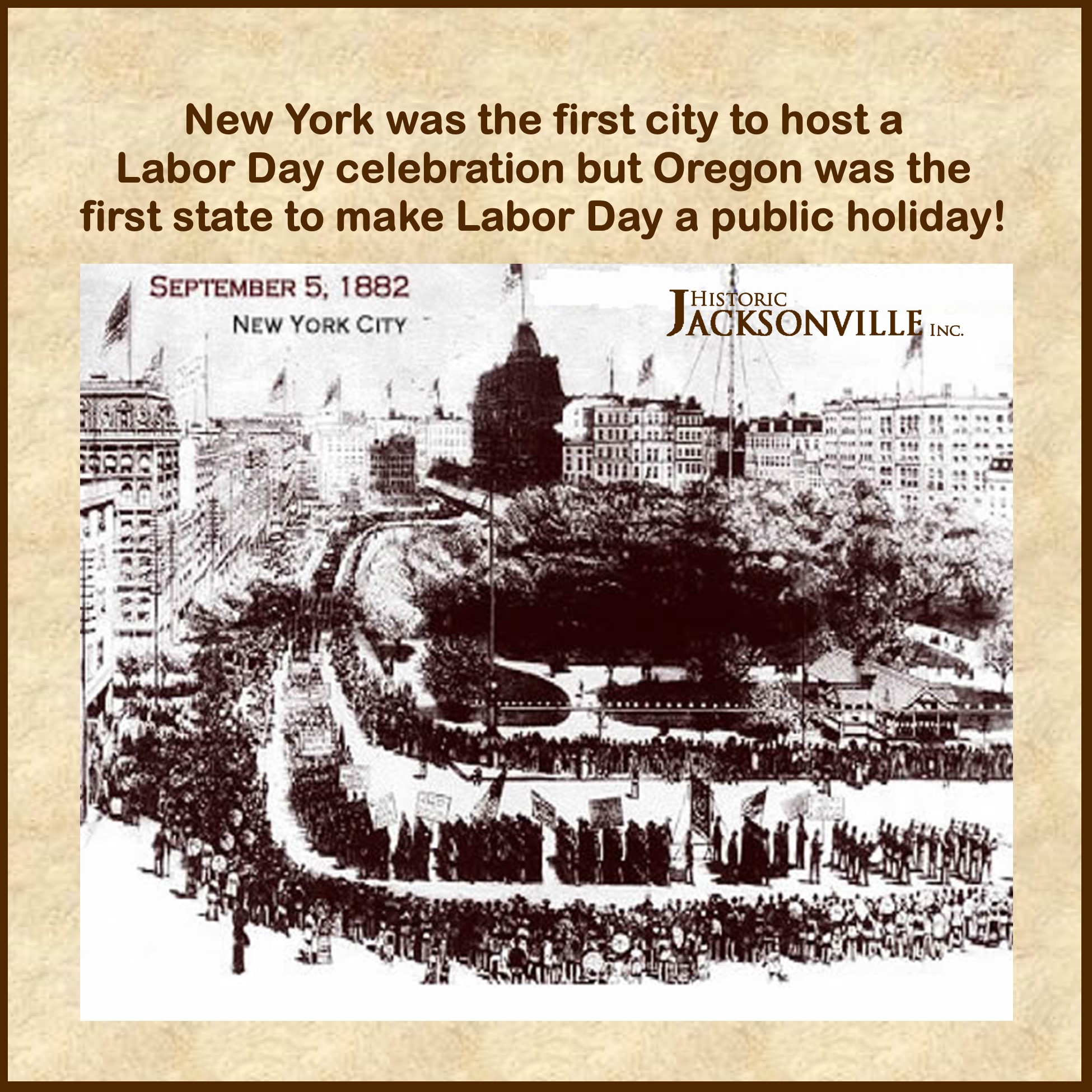
Labor Day
Did you know that Oregon was the first state to make Labor Day an official public holiday? It enacted a law on February 21, 1887—but the legislation set the date as the first Saturday in June! It was only when Colorado, Massachusetts, New York, and New Jersey made it a public holiday later that year that it was celebrated on a weekday, giving workers a day off.
In the late 1800s, many Americans toiled 12 hours a day, seven days a week, often in physically demanding, low-paying jobs. Children worked too on farms and in factories and mines. Conditions were often harsh and unsafe. Trade union and labor movements grew.
Peter J. McGuire, a carpenter and labor union leader, is credited with coming up with the idea for Labor Day. He thought American workers should be honored with their own day. He proposed his idea to New York’s Central Labor Union early in 1882, and they agreed. With four long months between Independence Day and Thanksgiving, McGuire suggested a month halfway in between. The very first Labor Day was held on a Tuesday, September 5, 1882, in New York City. The day was celebrated with a picnic, concert, and speeches. Ten thousand workers marched in a parade from City Hall to Union Square.
Soon after that first celebration, the holiday was moved to the first Monday in September, the day we still honor. When President Grover Cleveland made Labor Day a nation public holiday in 1894, thirty states already officially celebrated Labor Day.
In 1492, Columbus may have “sailed the ocean blue,” but he did not discover America!
Let’s start with the obvious. You can’t “discover” something that’s already occupied. That’s a totally Euro-centric point of view. It’s like “discovering” the leftover pizza in your friend’s refrigerator. If anyone “discovered” the Americas, it was individuals from Asia either “sailing the ocean blue” or crossing an Ice Age land bridge.
But even if you discount the Native Americans, Columbus was still 500 years too late to call himself the first European to think America was his personal Costco. Norse explorer Leif Erikson beat him to the punch, landing on these shores during the 10th century.
What’s more, Columbus didn’t even set foot on what would become the United States. He landed on several Caribbean islands, and later in Central and South America. How this European explorer still gets all the credit, and even his own federal holiday, is astonishing.
We acknowledge that when the U.S. government established Columbus Day, it was an attempt to acknowledge the country’s Italian immigrants—both how much they contributed to our society and how badly they were initially treated. However, perhaps it’s time to also acknowledge America’s original settlers and join those states who have replaced Columbus Day with “Indigenous People’s Day”!
In 19th Century Jacksonville, Halloween was all tricks, no treats, and of course, boys were the culprits. Here are 3 documented pranks.
William Puhl, who had a barbershop in the Masonic building, kept a milk cow at his residence. One Halloween, several boys decided to take the cow to the barbershop. Once the Puhl family was asleep, the boys stole “Bossy,” broke into the shop with a skeleton key, lured the cow in with bran, and then skedaddled. When Puhl arrived at his shop the next morning, he found that Bossy had kicked over the barber chair and had generously “painted” the mirror, floor, etc. We would not have wanted to be one of his customers that day!
Another year, lawyer Gus Newbury arrived at his law office one Halloween only to find it had been relocated. His shingle was now hanging from an outhouse at the intersection of 3rd and California streets. We’re not sure if that meant his legal skills were worth ….
On still another Halloween, several boys soft soaped the tracks of the Rogue River Valley Railroad near the school yard. Crew sanded the tracks, but despite much snorting and puffing, the engine could not gain any traction. The train crew had to use gunny sacks to wipe off 50 yards worth of soft soap. RRVR had a trainload of unhappy passengers and Barnum, the owner of the railroad, was “one angry gent”!
All Saints Day, celebrated by Roman Catholics, Anglicans, and many Lutheran churches around the world, is a day of solemnity honoring all saints and martyrs, known and unknown, throughout Christian history. Dating from either the 4th or 6th Century, it honors the spiritual bond between those in heaven and the living. Traditions vary by religion and country and include public holidays; church attendance; cemetery and grave offerings of flowers, candles, and prayers; readings of the names of those who have died in the past year; and familial observances.
Dia de Los Muertos, the Day of the Dead, by contrast, is a joyful observation rather than a day of mourning—more a celebration of life. Originating in Mexico, it’s actually observed from October 31st through November 2nd with people gathering to pay respects and remember friends and family members who have died. Traditions encourage the souls of the departed to visit their family and friends. They include building home altars with photos and the favorite foods and beverages of the departed, visiting graves with these items as gifts for the deceased, and sharing stories of funny events and anecdotes about the dead. Tamales, sweet egg rolls, “calaveras” (sugar skulls), pulque, (a liquor made from agave), and hibiscus tea are the most common foods and drinks. In some parts of Mexico and larger cities, costumed children may knock on doors asking for candy or money, not unlike Halloween.
The Day of the Dead celebration has been traced back to All Saints Day in Europe but it has also been linked to Aztec traditions. Whatever it origins, both All Saints Day and Day of the Dead provide a way for the living to remember and honor those who have gone before.
On the 11th hour of the 11th day of the 11th month of 1918, the “War to End all Wars” came to an end. Five hours after signing the final armistice to halt the hostilities between Allied countries and Germany, Bulgaria and the Ottoman and Austro-Hungarian Empires, four-plus years of fighting finally ceased.
The news reached the Rogue Valley at midnight. Within minutes, reported the Medford Mail Tribuneon November 12, the streets were full of local celebrants. Within a half-hour, over a thousand joyous residents were outside, armed with “every known kind of noise maker,” including tin cans, pots and even guns. Learn more…
Thanksgiving Day
A great deal of what we consider integral parts of a traditional Christmas were actually invented through commercial venues. Our “traditional” image of Santa Claus (i.e., overweight, with a flowing white beard, dressed in red, with black boots, a wide black belt) was originally created as part of a 1930s advertising campaign for Coca Cola. Similarly, the ever-popular Rudolph the Red-Nosed Reindeer was created in 1939 by an advertising copywriter for Montgomery Ward. But there’s a lot more to the story of Rudolph, and his creator, Robert L. May. Learn more…
